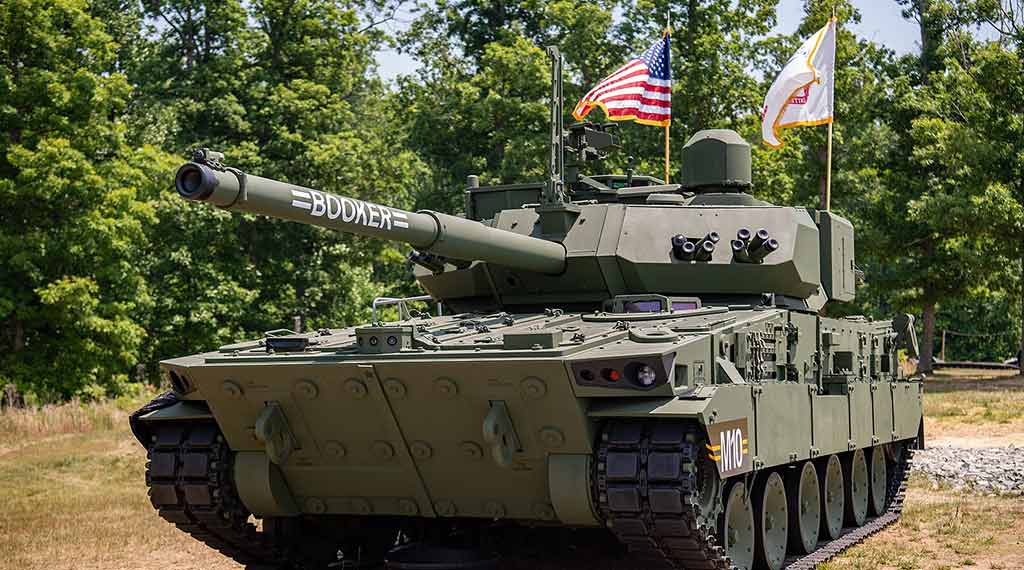
The U.S. Army is introducing the M10 Booker, formerly known as the Mobile Protected Firepower (MPF) system, to fill a critical gap in its Infantry Brigade Combat Teams (IBCTs).
-The Booker provides mobile, protected, direct offensive firepower and resembles a light tank, sharing features with the M1A2 Abrams like a four-person crew and a 360-degree turret.
-At 42 tons—half the weight of an Abrams—it is more deployable and reaches speeds up to 40 mph. With a 105mm M35 main gun, it offers greater firepower than the M2/3 Bradley infantry fighting vehicles.
-Assistant Secretary of the Army Doug Bush calls the M10 Booker crucial for the Army’s transformation to dominate in large-scale combat operations.
Latest posts by Maya Carlin (see all)
- Has Russia Finally Sold its Su-35s to Iran? - December 2, 2025
- Iran’s Growing Missile Arsenal Is a Challenge for Israel - November 18, 2025
- IAI Is Hoping to Secure a Contract for the “Golden Dome” - November 3, 2025
